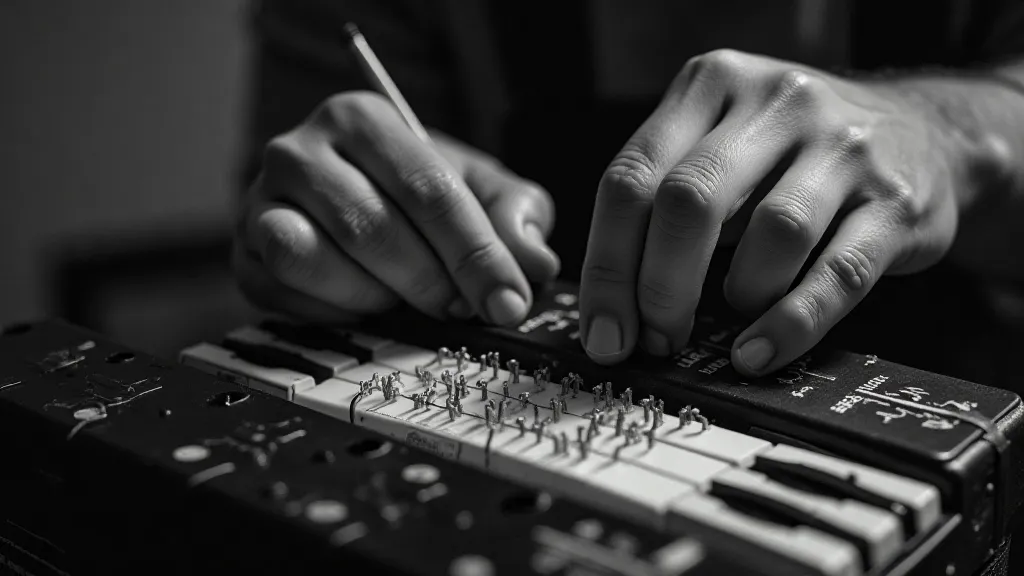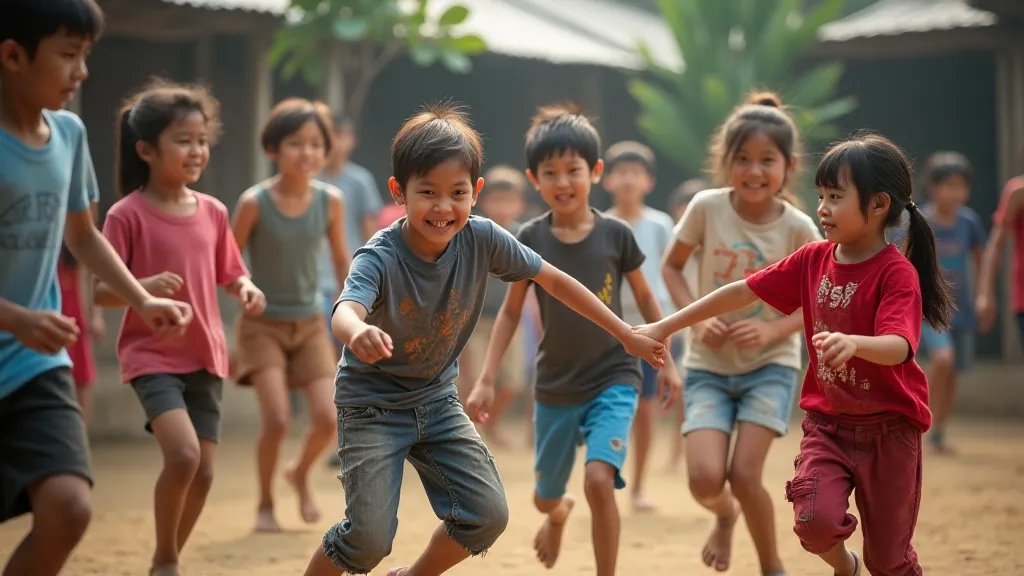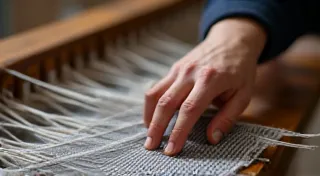The Shifting Sands of Adaptation: Games in a Globalized World
There’s a certain melancholic beauty in watching an antique accordion being restored. The bellows, once vibrant with life, now cracked and worn. The keys, once nimble and responsive, now stiff and silent. You can almost hear the echoes of laughter, of celebratory dances, of a community bound together by shared melodies – all emanating from that instrument. It’s a tangible link to a past that’s slowly, inexorably, receding. And this same process, this quiet erosion and adaptation, is happening to something seemingly less weighty, yet equally important: the traditional games of our world.
For generations, games weren’t simply entertainment; they were the living embodiment of a culture’s values, history, and social structures. Think of Mancala, played across Africa and the Middle East, representing strategic thinking and communal sharing. Or the intricate rules of Kudo, a Korean martial art game, showcasing discipline and respect. These weren't fleeting amusements; they were woven into the fabric of daily life, passed down through families, reinforcing traditions and providing a framework for interaction.

The Tide of Globalization
But the tide of globalization, that relentless current of cultural exchange, has brought these traditions face to face with modernity. The ease of travel, the dominance of digital media, and the spread of Western cultural products have undeniably impacted the way games are played and perceived. It's not necessarily a destructive force, though. Adaptation, in many ways, is the key to survival. Consider how the popularity of esports has drawn inspiration from traditional strategy games, while introducing new layers of competitive complexity. The core strategic thinking present in, say, Go or Xiangqi finds a new audience and a new form.
My grandfather, a keen player of Pétanque in rural France, used to lament the rise of video games among the village children. “They spend hours staring at screens,” he’s say, with a palpable sadness, “forgetting the joy of a friendly competition in the square.” But he also understood, with a wisdom born of experience, that nostalgia can’t halt progress. He started inviting the youngsters to play with him, patiently explaining the nuances of the game, adapting the rules slightly to make it more accessible and engaging for them. He introduced a simplified scoring system initially, and encouraged playful banter, rather than strict adherence to tradition. The goal wasn’t to preserve the game in amber, but to ensure its continued relevance.
Blending Old and New
This blending of old and new is a recurring theme across cultures. In Japan, Kendama, a traditional wooden toy involving skillful hand-eye coordination, is experiencing a renaissance thanks to online videos and competitions. Younger generations are inventing new tricks and sharing them globally, extending the game's appeal far beyond its historical context. Similarly, in the Philippines, Patintero, a tag-like game, often incorporates elements from American playground games, creating a unique hybrid that's both familiar and distinctly Filipino.
The phenomenon extends to the materials used. While traditional games were often crafted from locally sourced materials – wood, stone, bone – the availability of plastics and synthetic fibers has opened up new possibilities for game design and production. This isn’t inherently negative. It can make games more accessible and durable, particularly in regions where resources are scarce. However, it also risks diluting the connection to the cultural heritage embodied in the original materials. There's a tangible difference between holding a carefully carved wooden game piece, imbued with the spirit of the craftsman, and a mass-produced plastic counterpart.

The Collector’s Perspective: Preserving the Stories
For those of us who appreciate the history and artistry embedded in these games, the adaptation process presents a complex challenge. Collectors, like myself, often seek out original, untouched examples, recognizing their value as historical artifacts. These pieces aren's just objects; they are windows into the past, allowing us to connect with the people who played them, the communities that cherished them, and the cultural values they represented. The scent of aged wood, the faint markings of previous players – these are the details that bring a game to life.
But a purist approach isn's always the most effective way to ensure a game’s survival. Instead, we can embrace the evolution, understanding that adaptation is a natural and necessary part of the process. We can support initiatives that promote traditional games in schools, communities, and online platforms. We can encourage the creation of modern interpretations that remain true to the game’s essence while appealing to new audiences.
The Heart of the Matter: More Than Just Rules
Ultimately, the heart of any traditional game lies not in its specific rules, but in the spirit of community and cultural identity it embodies. It’s about the shared laughter, the friendly competition, the passing down of stories and values from one generation to the next. As globalization continues to reshape our world, it’s crucial that we find ways to preserve and adapt these games, ensuring that they remain vibrant and relevant for generations to come.
Think of the antique accordion again. Even if its bellows are patched, its keys are slightly worn, and its finish is faded, it still holds the power to evoke a sense of history, of belonging, of joy. And that, perhaps, is the most important thing. To ensure that the music continues to play, we must be willing to embrace the evolution, to adapt, to blend, and to find new ways to connect with the traditions that shape us.






